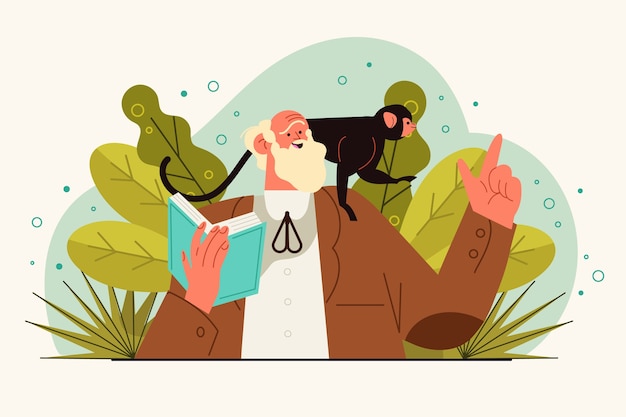Curious and Fascinating Facts about Leonardo da Vinci

Leonardo da Vinci was not only an exceptional artist but also a brilliant scientist, engineer, and inventor.
He was born on April 15, 1452, in Vinci, Italy.
Leonardo is best known for his masterpiece artwork, the Mona Lisa.
Leonardo da Vinci is often referred to as the Renaissance Man due to his diverse range of skills and interests.
He left behind notebooks filled with intricate sketches and scientific observations.
Leonardo da Vinci’s most famous drawing, the Vitruvian Man, showcases his deep understanding of human anatomy.
In addition to his artistic skills, Leonardo was also a skilled musician.
Leonardo designed a flying machine that was way ahead of its time.
His painting, The Last Supper, is one of the most renowned religious artworks in the world.
Leonardo was fascinated by the concept of flight and drew designs for various flying machines.
He invented an armored vehicle called the tank centuries before tanks were actually used in warfare.
Leonardo was left-handed, and he often wrote in mirror writing, starting from the right side of the page.
He was known to have an insatiable curiosity and was constantly studying and exploring new ideas.
Leonardo spent many years in Milan, where he worked for the ruling Sforza family.
His ideas and inventions were often innovative but remained unrealized during his lifetime.
Leonardo’s painting, The Annunciation, showcases his remarkable ability to capture delicate facial expressions.
Curious and Fascinating Facts about Leonardo da Vinci part 2
He was an avid observer of nature and meticulously studied plants, animals, and geological formations.
Leonardo believed that all aspects of the natural world were interconnected, and his studies reflected this interconnectedness.
He was an avid reader and had an extensive collection of books on various subjects.
Leonardo was known for his unconventional approach to art, experimenting with techniques and materials.
He was a vegetarian and had great compassion for animals.
Leonardo’s notebooks also contain sketches of machinery, indicating his interest in engineering and mechanics.
He studied optics and developed theories on how light and perspective work in art.
Leonardo’s painting, The Baptism of Christ, was completed in collaboration with his master, Verrocchio.
He was rumored to have written in code in his notebooks to protect his ideas and inventions.
Leonardo often dissected human bodies to further his understanding of anatomy.
He invented an underwater breathing device known as a diving suit.
Leonardo was commissioned to create a giant bronze horse sculpture for the Duke of Milan, but the project was never completed.
He developed a technique known as sfumato, which involves blending colors and tones to create a soft and hazy effect in painting.
Leonardo believed that art and science were intertwined and that artists should study nature to enhance their work.
He designed and built several innovative machines, including a self-propelled cart and a revolving crane.
Leonardo’s painting, The Virgin and Child with Saint Anne, showcases his skill in depicting three-dimensional figures.
He was known to be a skilled storyteller and often entertained his companions with fascinating tales.
Leonardo drew detailed sketches of the human skeleton, muscles, and internal organs, contributing to the field of anatomy.
He was a perfectionist and often left his paintings unfinished, as he constantly sought to improve his work.
Leonardo is believed to have influenced other great artists such as Raphael and Michelangelo.
He was employed as a military engineer, designing fortifications and weaponry.
Leonardo’s painting, The Adoration of the Magi, is an example of his mastery of composition and perspective.
He filled his notebooks with inventions such as a parachute, a machine gun, and a helicopter-like contraption.
Leonardo’s unique approach to art, combining scientific knowledge and artistic skill, set him apart from other artists of his time.
He was fascinated by the study of water, conducting experiments on its flow and movement.
Leonardo’s painting, The Annunciation, showcases his use of rich colors and realistic textures.
He sketched numerous anatomical studies of the human eye, showcasing his understanding of optics.
Leonardo’s painting, The Madonna of the Carnation, displays his ability to capture emotional expressions.
He left an indelible mark on the world of art and science, inspiring generations of artists and innovators to come.

